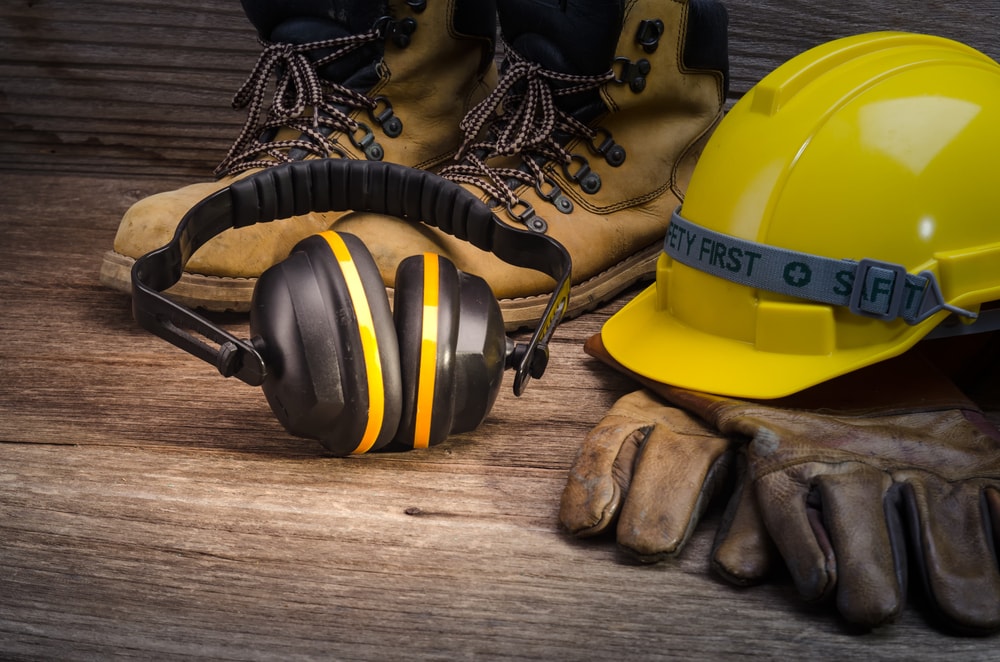Sector - Education & Training
Has COVID Changed Health & Safety Forever?

Lesley Macleod is CEO of The Association for Project Safety, and Shachar Harari is chief business officer & head of Cardo Crew. In this feature, they write about how the Coronavirus pandemic could have changed health and safety forever
Remember the halcyon days of 2019, where Britain’s departure from the EU and the upcoming general election was all anybody was talking about? This time last year, terms like ‘social distancing’, ‘lockdown’ and ‘self-isolation’ would have seemed completely alien to us, and somebody wearing a facemask in a supermarket would probably have warranted a second glance. Who’d have thought that 2020 would be the year when we’d have to knock elbows instead of shaking hands, or abandon going into the office altogether?
The fact is, things have changed. Even with vaccines now firmly on the horizon, there are elements of this so-called ‘new normal’ that are likely to be with us for years to come – perhaps even forever. As we approach the 1-year mark since the COVID-19 pandemic upended our lives, it’s time to reflect on how it has altered the workplace and, crucially, how many pages have had to be added to the health and safety rule book.
Early on in the pandemic, the government was urging the public to work from wherever possible. This is good advice during a viral outbreak, but the operative words ‘wherever possible’ made this a hollow sentiment for construction workers, NHS employees, emergency services staff, teachers, bus drivers and more – all of whom were rightly regarded as ‘essential workers’ who needed to turn up and do their jobs in order to keep the economy – and the country – moving. It was these frontline industries that had to take the first, unsure steps into the unchartered territory of the ‘new normal’, accommodating perspex screens, hand sanitiser and PPE into their every-day working lives. This set the precedent for the rest of us and established the working norms that would act as a blueprint for businesses of all types when they were eventually allowed to reopen.
Health and safety has always been labyrinthine by nature. So many of its achievements come through a process of attrition, gradually shifting the needle to make things incrementally better for workers. This year, however, has not afforded the luxury of time to any of us. Health and safety has had to adapt instantly, with the government whipping up COVID-19 workplace safety guidelines in a matter of weeks. Some of these changes will be small and temporary, such as the need for social distancing, whereas others may be more fundamental and long term, such as the need for better air filtration systems in office buildings or the use of contactless cards to gain entry. These long-term adaptations will help us in the event of future pandemics which, following the year we’ve all just been through, seems like a good idea.
One demand that is shared by virtually all workplaces – particularly those on the frontline – is the need for safe communication. Typically, these industries might have relied on push-to-talk radios or intercom systems to relay critical information, but in a post-COVID world, these technologies come with associated risk. We’re therefore likely to see wireless communication technology excel rapidly in the coming years, to the point where teams over entire construction sites, warehouses or hospitals can stay in touch with one another without any kind of physical interfacing. We’re already seeing this concept being adopted with the likes of ‘smart PPE’ – personal protective equipment such as helmets, visors or overalls with hands-free ‘mesh communication’ technology actively built-in. Mesh communication networks are self-sufficient with a radius measured in miles rather than meters, meaning the ability to communicate travels with the team, wherever they go, instead of being anchored to a base-station or fixed-line network.
Take the PRO-1 from Cardo Crew as an example. The PRO-1 is a lightweight mesh communication module that can be fitted into various PPE such as helmets, visors and ear guards. With it, teams of up to 15 people can engage in two-way hands-free communication up to a range of 3,000 meters, dramatically reducing risk and increasing worker safety in busy environments.These are the kinds of changes we’re likely to see influence health and safety in the coming months and years. As well as tangible measures such as hard hats and non-slip surfaces, we’re likely to see more ‘intangible’ measures centred around things like air filtration quality, person-to-person proximity and the number of surfaces an employee has to come into contact with in order to carry out their job effectively.
If you would like to read more stories like this, then please click here
Related Articles
More Education & Training Features
- Immigration policy must serve Britain, not party politics – NFB
29 May 25
The Government has published a new White Paper which sets out major reforms to the UK’s immigration system.
- Moving beyond EDI to embed good employment
11 Apr 25
The benefits of EDI - higher retention, more productive teams, and healthy morale - are crucial.
- Universities fear government reforms will stifle construction sector demand for higher and degree apprenticeships
3 Apr 25
Industry fears forthcoming apprenticeship reforms will deter many construction firms from upskilling their workforce.






